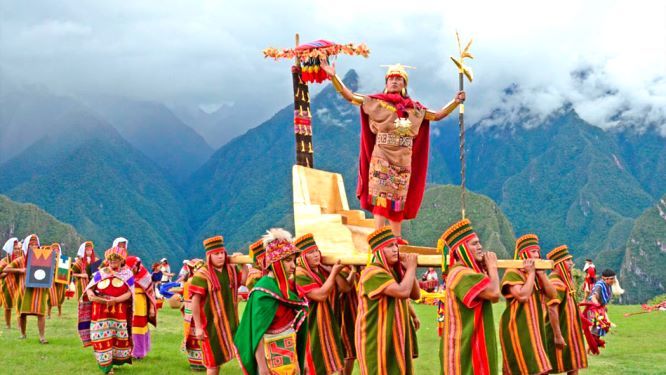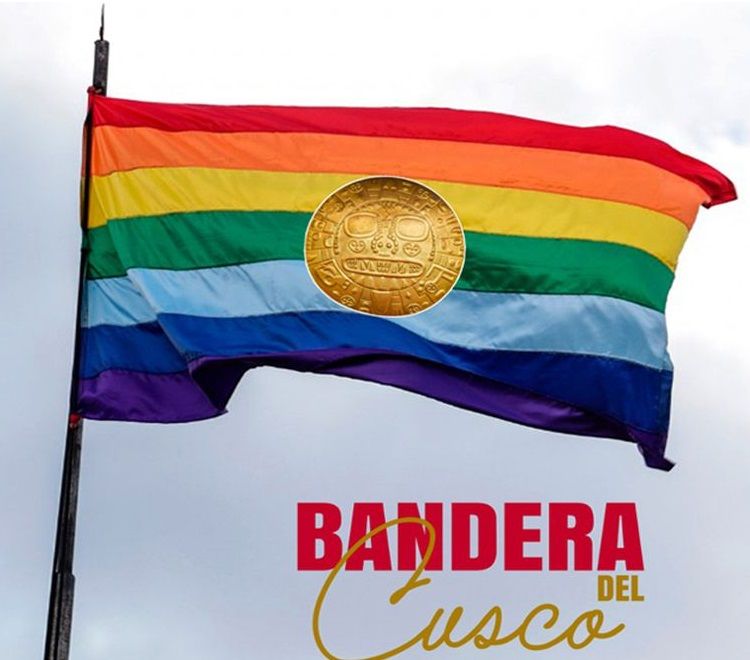When you search for information about Peru on the Internet, many times you come across the word Tahuantinsuyo, a term that you may have never heard before. What exactly is the Tahuantinsuyo? How did it appear? How far did it extend?
What was Tahuantinsuyo?

The Tahuantinsuyo or the “It was Four regions of the Inca empire”, was the territory of the Empire of the Incas, it was made up of four regions or four of its own: Collasuyo, Chinchaysuyo, Contisuyo and Antisuyo, its territory had an approximate area of 1’700,000 km² and was It extended through Colombia, Ecuador, Peru, Bolivia, Argentina and Chile, it was the largest territory in pre-Columbian America.
Origin of the Tahuantinsuyo
There are many stories about the emergence of the Inca empire, but here we are going to tell the one that is based on Inca mythology.
According to the myth, the origin of Tahuantinsuyo is in the history Manco Cápac and Mama Ocllo. This couple, who were brothers as well as husband and wife, were sent by the Sun god to find the right place to found a city in which to civilize people who lived like wild animals.
To do this, he gave them a gold staff that they would have to drive into the earth of the places where they will pass until they find one where the staff will sink easily. The site with these characteristics is where the city of Cusco is currently located.
Thus, they chose this place to found this new city that over the years would become the capital of the Tahuantinsuyo and, for this civilization, the navel of the world. However, and despite its importance in history, the Tahuantinsuyo did not last more than a century: from its creation in 1438 until its fall in 1533, only 95 years passed.
Name’s origin
The name Tahuantinsuyo comes from two Quechua words: tahua, which means four, and his, which means region. This is because the Inca territory was divided into four regions: Collasuyo, to the southeast; the chinchaysuyo, to the northwest; the antisuyo, to the northeast and the continsuyo, to the west.
Extension of the Tahuantinsuyo

With 2, 500, 000 km², the Tahuantinsuyo was the largest empire in the entire history of Pre-Columbian America. Its territory ranged from southern Colombia to central Chile, passing through Ecuador, Argentina, Bolivia and, of course, Peru, where its greatest political force was concentrated.
All this territory was conquered through wars and alliances that were carried out with other cultures between the 15th and 16th centuries.
Organization of the Tahuantinsuyo
The system of the Inca empire was maintained and expanded for various reasons, one of the main ones was the way in which a very well organized religious, economic and social system was constituted and maintained.
Economy in Tahuantinsuyo
Its main economic activity was agriculture, planned and directed by the State. Livestock production, artisanal production, fishing, construction, and the distribution and circulation of products were also important, complemented by a large network of storage and conservation of agricultural products.
Social Organization in Tahuantinsuyo
The basis of social organization in the empire of the Incas is found in collectivism, that is, in the primacy of the group over the individual; the man has value as a component of the group. However there was a social hierarchy. The first place was occupied by the Inca, successively the nobility of blood, the nobility of privilege, the people, the mitimaes and the yanacunas.
Religion in Tahuantinsuyo
The Incas were polytheists and most of their gods represented elements of nature, each of them had particular attributes. Religion was present in every area of their lives. The cult and the religion involved each one of the festivities which were in charge of the priests, the most important was the Huillac Umu.
A variety of ritual products were used, such as corn, fine clothing (from cumbi), the coca leaf and the seashell called mullu (spondylus). During the year the Incas celebrated various festivities, which generally corresponded to a stage in agricultural activities and climatic changes.
Rulers of Tahuantinsuyo
There were a total of 13 Incas which can be divided as Legendary Empire and Historical Empire.
- Manco Capac
- Sinchi Roca
- Lloque Yupanqui
- Mayta Capac
- Capac Yupanqui
- Inca Rock
- Yáhuar Huácac
- Inca Viracocha
- Pachacútec
- Tupac Yupanqui
- Huayna Capac
- Huáscar
- Atahualpa
Tahuantinsuyo Flag
One of the things that most attracts the attention of tourists (and also locals) who take a City Tour in Cusco, is the amount of multicolored flags raised in the great buildings of the Inca Empire.
However, although at first glance they may seem similar, the one found in Cusco is nothing more than a modern representation of the Inca Empire, it has 7 multicolored stripes; while the Tahuantinsuyo Flag only has 5 stripes.
History of the Tahuantinsuyo Flag

In 1973, Raúl Montesinos Espejo (1920-2004) designed the current flag as part of the celebration for the 25 years of Radio Tahuantinsuyo (which broadcast folkloric, Andean and highland music). Five years later, in 1978, the former Mayor of the Provincial Municipality of Cusco, Julio Gilberto Muñiz Capare, at the proposal of councilor Mario Cutimbo Hinojosa, adopted such a design as the official Flag of Tahuantinsuyo.
The oldest reference to the use of a Tahuantinsuyo Flag would come from the hypothesis of the defunct National Institute of Culture (INC), which restored the Santiago Mataindios canvas, which would show the use of the hunancha. We see, in the image, that the third ear (member of the Inca nobility) carries a banner with the figure of two condors wearing a maskaypacha. This, of course, is nothing more than a hypothesis.
María Rostworowski, renowned historian, asserts, with all clarity and conviction: «(…) the Incas did not have that flag: that flag did not exist, no chronicler makes reference to it.
The National Academy of History of Peru (the most important and prestigious association of historians in the country, a substitute for the Historical Institute of Peru), stated that “(The) official use of the misnamed Tahuantinsuyo Flag is improper and misleading.”.
The Cusco flag was modified in 2021, and the Inca gold disc was added, this golden disc was in the hands of the indigenous museum in the United States. The golden disc was returned to Peru, and for the commemorations of the bicentenary of Peru.










